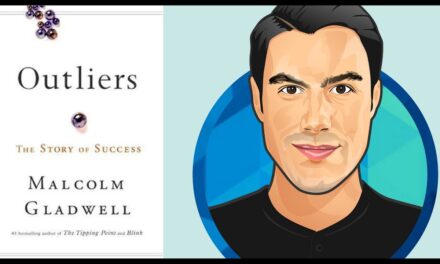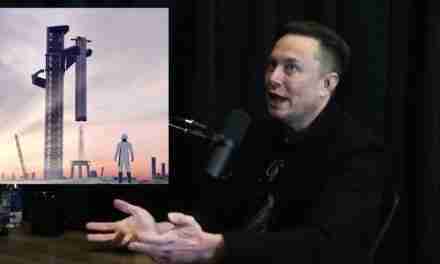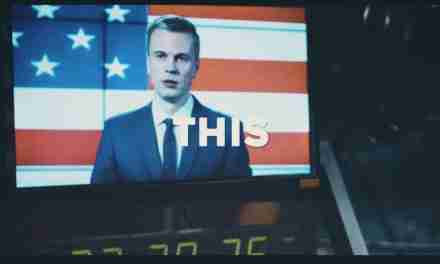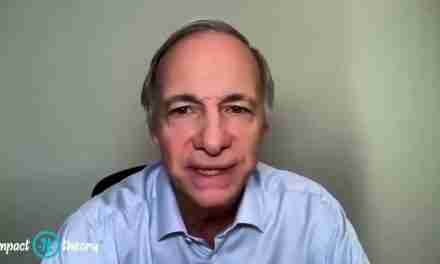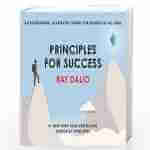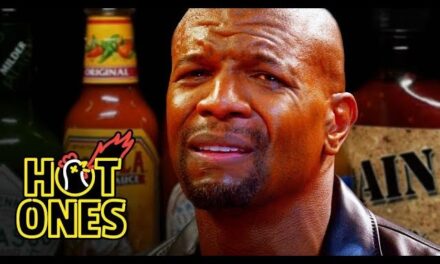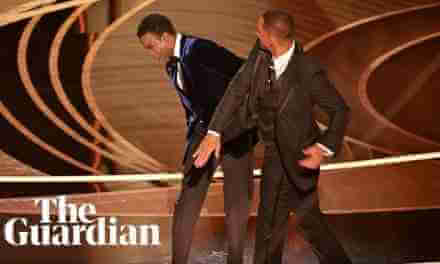
Masquerade: I’m As Mad As Hell & I’m Not Going To Take This Anymore – Principles For Dealing With The Changing World Order: Why Nations Succeed & Fail
Why Do Nations Fail?
Pride. Greed. Envy. Power.
Always the same root causes in different forms.
Over & Over History Repeats
The Enemy Within
“A house divided against itself cannot stand.” I believe the government cannot endure permanently half slave and half free. I do not expect the Union to be dissolved — I do not expect the house to fall — but I do expect it will cease to be divided. It will become all one thing or all the other. Either the opponents of slavery will arrest the further spread of it, and place it where the public mind shall rest in the belief that it is in the course of ultimate extinction; or its advocates will push it forward till it shall become alike lawful in all the States, old as well as new — North as well as South.
Ray Dalio in his book Principles for Dealing with the Changing World Order: Why Nations Succeed and Fail rates nations and empires on a scale of 0 to 6 where 0 is a nation just after revolution such as The United States just after it’s founding in 1776 after the Revolutionary War, and stage 6 is a nation or empire actively involved in revolution (Great Britain during the American Revolutionary War). Stages 1-5 are the process of building and then periods of prosperity and peace, with the post WWII period after 1945 being the most prosperous for America. His conclusions are based on his extensive study of thousands of years of rising and falling nations and reserve currency empires (Dutch, British, American and six other significant empires over the last 500 years including Germany, France, Russia, India, Japan, and China, as well as all of the major Chinese dynasties back to the Tang Dynasty in around the year 600). He believes that the United States is in stage 5, pre-revolution and it is at moderate to high risk of transitioning into stage 6, revolution. Leading indicators of a stage 5 to stage 6 transitioning nation or empire are political polarization, large wealth gaps and a shrinking middle class, increasing levels of both wealth and poverty, spiraling levels of personal and national debt, high levels of inflation and currency devaluation, high risk of losing reserve currency status, increasing cycles of violence and social disorder, and a rising rival empire.
NEW YORK TIMES BESTSELLER
“A provocative read…There are few tomes that coherently map such broad economic histories as well as Mr. Dalio’s. Perhaps more unusually, Mr. Dalio has managed to identify metrics from that history that can be applied to understand today.” —Andrew Ross Sorkin, The New York Times
From legendary investor Ray Dalio, author of the #1 New York Times bestseller Principles, who has spent half a century studying global economies and markets, Principles for Dealing with the Changing World Order examines history’s most turbulent economic and political periods to reveal why the times ahead will likely be radically different from those we’ve experienced in our lifetimes—and to offer practical advice on how to navigate them well.
A few years ago, Ray Dalio noticed a confluence of political and economic conditions he hadn’t encountered before. They included huge debts and zero or near-zero interest rates that led to massive printing of money in the world’s three major reserve currencies; big political and social conflicts within countries, especially the US, due to the largest wealth, political, and values disparities in more than 100 years; and the rising of a world power (China) to challenge the existing world power (US) and the existing world order. The last time that this confluence occurred was between 1930 and 1945. This realization sent Dalio on a search for the repeating patterns and cause/effect relationships underlying all major changes in wealth and power over the last 500 years.
In this remarkable and timely addition to his Principles series, Dalio brings readers along for his study of the major empires—including the Dutch, the British, and the American—putting into perspective the “Big Cycle” that has driven the successes and failures of all the world’s major countries throughout history. He reveals the timeless and universal forces behind these shifts and uses them to look into the future, offering practical principles for positioning oneself for what’s ahead.



